Are you on the lookout for the top email marketing best practices to boost your skills this year? You’ve landed in the perfect spot!
Since the effectiveness of your email campaigns plays a big part in your online success, it’s vital to get it right.
But how do you ensure your emails stand out and get read? Which strategies should you adopt to maximize your email marketing efforts?
Stay with us as we explore the best practices and tricks to take your email marketing to the next level in the following sections:
- What Are the Benefits of Email Marketing?
- 17 Best Practices For Email Marketing
- Frequently Asked Questions
What Are the Benefits of Email Marketing?
Email marketing is more than just sending out messages. It’s a powerful tool that can help your website or business in many ways. Here are some key benefits:
- Reaches people directly: Your email lands right in someone’s inbox. This means they’re more likely to see and read what you have to say.
- Cost-effective: Compared to other marketing strategies, emailing is super affordable. You can reach a lot of people without spending a lot of money.
- Increases sales: You can boost your sales by promoting your products or services. People often buy things after learning about them in an email.
- Builds relationships: Regular updates keep your audience engaged. It’s like saying ‘hello’ occasionally, which makes people feel connected to you or your brand.
- Easy to measure: You can see how many people opened your email and clicked on links. This helps you understand what works and what doesn’t.
- Personal and customizable: You can make emails feel personal by adding a subscriber’s name or sending offers that match their interests.
- Drives traffic to your website: You can increase visits by including links to your website. More traffic often means more interest and sales.
- Automation-friendly: One of the coolest things about email marketing is that you can automate it. This means you can set up emails to send on their own based on specific actions people take.
Using email marketing wisely can help your website or business grow. It’s all about connecting with people in a direct, cost-effective, and friendly way.
17 Best Practices For Email Marketing
Now that we’ve seen the incredible benefits of effective email marketing, let’s dive into the heart of our guide.
We’re about to explore the 17 best practices for email marketing that you need to embrace.
These strategies will help you make the most of your email campaigns, ensuring they’re effective, engaging, and, most importantly, successful.
1. Measure performance
Monitoring your campaigns’ performance is essential for your email marketing to hit the bullseye.
Your email marketing platform is your go-to resource for this, providing you with vital stats such as open rates and click-through rates.
Understanding which emails resonate best with your audience and what content sparks their interest is vital for improving your strategy.
But before improving your numbers, you need to know precisely what they are, right?
For WordPress users, MonsterInsights is an invaluable tool to monitor the performance of your website and your email marking efforts.
Known as the best Google Analytics plugin for WordPress, MonsterInsights simplifies the process of connecting Google Analytics with your site.
It lets you access straightforward, uncomplicated reports about your website’s traffic, including insights from your email marketing campaigns, directly within your WordPress dashboard.
This tool makes tracking vital data and setting up complex reports easy, like setting up eCommerce reports, tracking form submissions, tracking link clicks or videos, and much more.
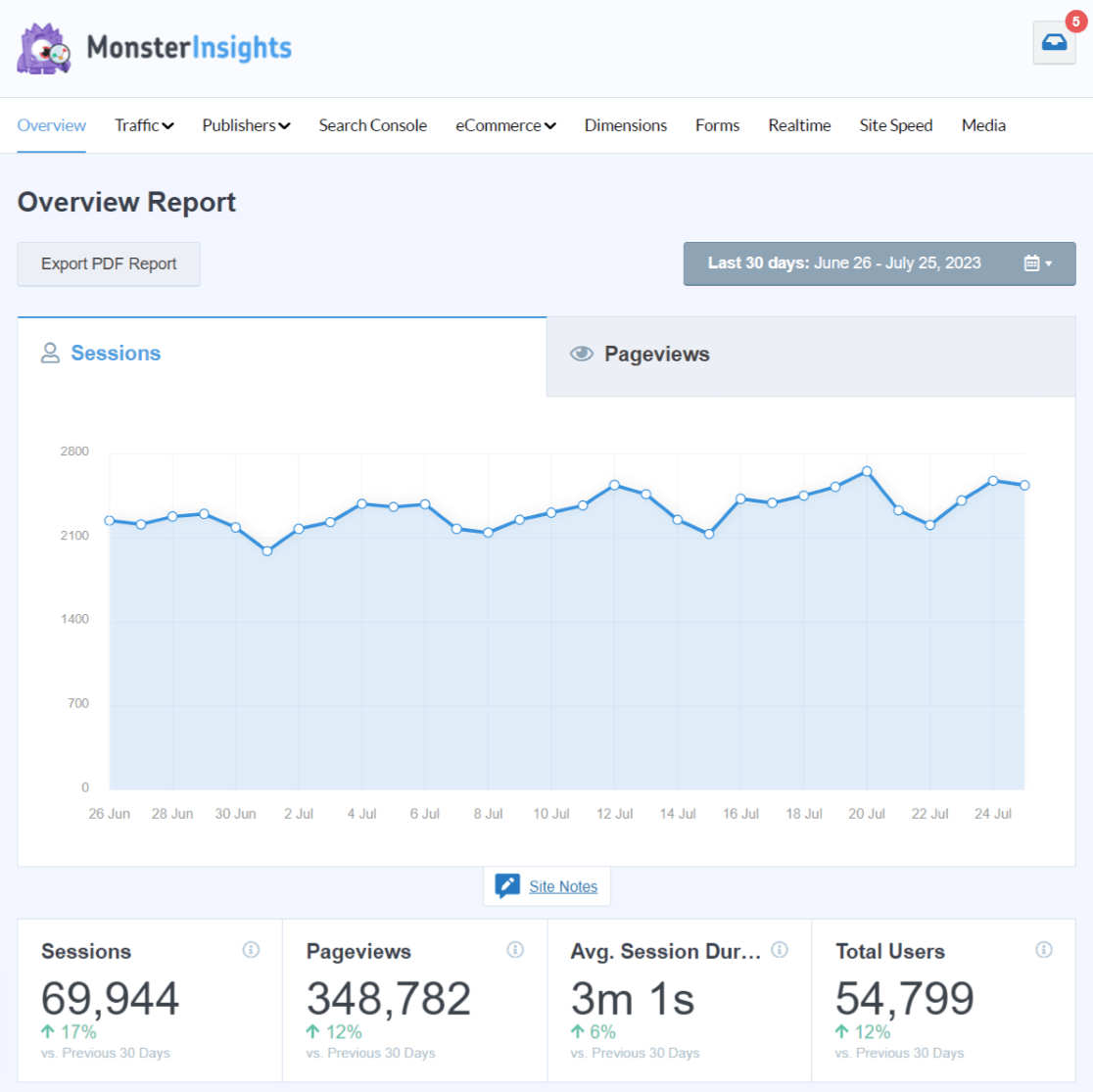
After connecting your website to Google Analytics, MonsterInsights lets you track how many people click to send you an email and how many people click the links in your emails.
To learn more about email tracking, check out How to Set Up Google Analytics Email Tracking (4 Easy Steps).
Get started with MonsterInsights now!
2. Use an Email Marketing Platform
As we talk about measuring performance, it’s clear that you have to use an email marketing platform. You need the right tools to send out your email campaigns and get those essential statistics.
An email marketing platform allows you to:
- Have an email list: This is where you store all the email addresses you’ve collected from people who’ve agreed to it.
- Send emails easily: You can send thousands of emails with just a few clicks. This makes your life much easier and saves you a lot of time compared to manually sending them out.
- Design beautiful emails: No need to be a tech wizard. These platforms have templates and drag-and-drop editors to make your emails look professional.
- Automate your campaigns: Set up emails to send on their own based on people’s actions.
- Segment your audience: You can group your subscribers based on their interests or actions. This means you can send more personalized emails they’re more likely to enjoy and engage with.
- Track your success: These platforms offer their own ways to see how well your emails are doing. You can check open rates, clicks, and more to see what’s working and what’s not.
Using an email marketing platform is essential for anyone serious about their email campaigns.
It gives you the power to reach out effectively, understand your audience better, and refine your strategies for even better results.
Read this article on the 6+ Best Email Newsletter Tools & Services (Expert Pick) to learn more.
3. Offer an Incentive to Sign Up
Let’s be honest – nobody likes their inbox filled with spam or things they don’t care about. So, why would someone give you their email address?
The trick is to offer them something valuable in return.
Think about what your visitors are into. It could be anything, such as a must-have PDF, discount codes, e-books, handy spreadsheets, your best tools, or an email course.
The possibilities are endless, but the key is to offer something that genuinely interests your users.
For example, a mini email course on becoming financially independent might be a hit if your blog is about achieving financial freedom.
Conversely, your Top 7 Breakfast Recipes would not work as well.
4. Include Different Sign-Up Forms
Getting people to sign up for your email list shouldn’t be a game of hide-and-seek. Make it easy for them by placing sign-up forms in different spots on your website.
For this, WPForms is the best form builder plugin on the market that comes in a free and paid version.
You can add the forms you create in your sidebar, at the end of your blog posts, or wherever you see fit.
Another effective strategy is to use a button that takes visitors to a dedicated landing page where they can sign up.
This variety ensures visitors can quickly join your email list anywhere on your site.
5. Add a Pop-Up Form
People feel differently about pop-up forms – you either love or hate them.
But, when used wisely, they can be a game-changer for growing your email list. It’s important not to annoy your visitors with too many pop-ups, but a well-timed and strategically placed pop-up can make a big difference.
Why?
Because we often need a clear, direct push to take action. With so many things stealing our attention, it’s easy to overlook sign-up forms tucked away on a webpage.
OptinMonster is the leading lead generation plugin that helps you create not just pop-ups but also floating bars, countdown timers, fullscreen overlays, and slide-ins.
These tools are designed to catch your visitors’ attention and gently guide them toward signing up for your newsletter, ensuring they don’t miss out on what you offer.
6. Use Opt-Ins
When someone joins your newsletter, it’s super important that they confirm they want to hear from you.
This is what we call an ‘opt-in.’ This is where people say, ‘Yes, I want to receive your emails!’
They can do this by clicking a sign-up button, filling out a form that asks if they want to get emails from you, or ticking a box that says they’re okay with getting your emails.
Taking it further, there’s something called a ‘double opt-in.’ Basically, after someone signs up, they get another email asking them to confirm their subscription. They officially become subscribers only after clicking the confirmation email link.
This step is super important because it ensures the person wants to subscribe with their email address.
Plus, it’s a great way to keep you out of trouble by ensuring you’re not sending emails to someone who doesn’t want them, which is a violation of spam laws.
7. Tag Your Subscribers Based on Their Interests
Imagine if you could sort your friends based on what they like—like who loves horror movies, who’s into board games, or who can’t stop talking about gardening.
Well, you can do something similar with your email subscribers by using tags.
Tags are like little labels that help you remember what each subscriber is into, like ‘yoga flow,’ ‘diet plan,’ or any other interest they have.
By tagging your subscribers according to their interests, you set yourself up for success in the future. This way, when you’re ready to send out campaigns, you can ensure you’re only sending people emails they’ll find interesting.
Nobody likes getting emails that are not relevant to them. So, by using these tags, you ensure that your emails hit the mark by being targeted to each person.
This makes your subscribers happy and increases the chances of boosting sales and making your campaigns a hit.
8. Send Emails At the Right Times
Timing is everything when it comes to email marketing. Imagine sending your audience an email in the middle of the night. They’re more likely to miss it.
This is why you must consider when your subscribers will most likely check their emails.
For instance, if you’re in Asia but your target audience is in the US, you must adjust your send times accordingly. You wouldn’t want your carefully crafted email to get lost in the nighttime silence or be buried under other emails by the time they wake up.
Sending your emails when your audience is awake and likely to check their inboxes increases the chances of your emails being seen and opened.
This minor adjustment can make a big difference in your email marketing success. Some email marketing platforms, such as Drip, allow you to send emails at a specific time based on your recipients’ time zones.
9. Write Interesting Subject Lines
The first thing someone sees before deciding to open your email or not is the subject line.
Think of it as the headline of your message. They might skip over it if it doesn’t catch their eye. So, it’s super important to make your subject lines interesting.
If you have an offer, don’t be shy – include it in the subject line. And it’s okay to add a little drama or mystery to make it more intriguing.
For example, a boring subject line might say, ’10 Success Tips.’
It’s straightforward, but does it make you want to click? Not really.
A better example could be, ‘Unlock 10 Secrets to Success – Exclusive Inside!’
This piques curiosity and promises value, making your email far more likely to be opened.
Remember, your subject line is your first impression, so make it count!
10. Keep it Short, Easy, and Simple
Opening an email to find a wall of text can be overwhelming, like staring down a giant novel when you want a quick read.
The key to a good email is ensuring it’s skimmable, short, and concise.
Ensure the best parts of your content and any offers are at the top.
Don’t hide the good stuff at the bottom, expecting people to read through everything to find it.
The truth is, when people open emails, they quickly scan to see if it’s interesting. They will likely hit delete without a second thought if it doesn’t grab their attention immediately.
Keep your content clear and concise to ensure your message gets across without scaring your readers away with too much text.
11. Master the Art of CTAs
CTAs, or Call to Action buttons, are super important in your emails. They’re signposts that tell your readers exactly what you want them to do next, whether signing up for a demo, buying a product, or downloading a report.
To make sure your CTAs really stand out and get clicked, here are some handy tips:
- Be clear and direct: Your CTA should leave no room for confusion. If you want your reader to download something, say, “Download the report.” This straightforward approach works best.
- Use animation wisely: If your CTA is towards the end of your email, a little bit of animation can help catch the eye. But remember, less is more here. You don’t want to overwhelm your reader.
- Limit your CTAs: Having too many CTAs can be confusing.
- Play with colors: Use a unique color for your CTA that you haven’t used elsewhere in the email. This makes it pop and draws attention directly to it.
- Design for clicks: Your CTA button should look clickable. Adding a small shadow or rounding the edges can help it stand out and invite clicks.
Finally, make your CTAs and buttons more interesting, like the examples below:

By focusing on these aspects, you can craft CTAs that catch the eye and encourage your readers to take action.
12. Use Branding in Your Emails
To include your brand’s unique identity in your emails, start by placing your logo at the top to immediately tell readers who the email is from.
Incorporate your brand’s specific colors throughout the email to enhance its visual appeal and help with brand recognition.
Additionally, consider using a consistent template that reflects your brand’s aesthetic. This saves time and reinforces your brand’s image with each email sent, ensuring your brand leaves a lasting impression on your subscribers.
13. Be Consistent
Being consistent with your email communication is crucial. People who don’t hear from you regularly will quickly forget about you.
You might wonder, ‘Does it matter if I skip one week?’ The short answer is yes, it does.
While missing a single email isn’t the end of the world, sticking to a schedule is important.
Aiming for a weekly newsletter is a good practice. It keeps you on your subscribers’ radar without overwhelming them.
You could consider sending two weekly emails if you have more valuable content to share. However, try not to send more than that.
Bombarding your readers with too many emails can be off-putting and may lead them to unsubscribe.
14. Test Your Emails Before Sending
Before you email your entire list, do a test run.
Sending the email to yourself is a simple way to ensure everything looks good and functions correctly.
This step helps catch any issues, like broken links or formatting problems, ensuring your message is received as intended.
15. Make Your Emails Mobile-Friendly
Considering most users check their emails on their phones, your emails must look good and function well on mobile devices.
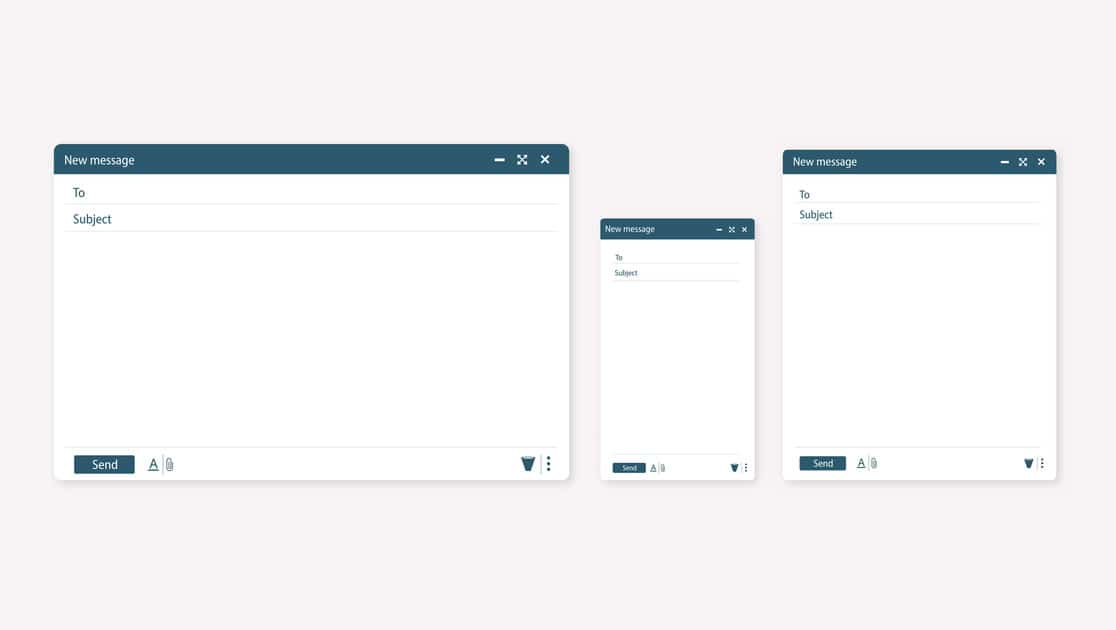
When you’re testing your emails, don’t just open them on your computer. Make sure also to check how they look on your phone.
If something doesn’t look or work as it should on either device, make the necessary adjustments.
Ensuring your emails are mobile-friendly is critical to providing a positive reading experience for your audience, no matter how they choose to view your message.
16. Regularly Clean Up Your Contact List
Having a bunch of subscribers who don’t open your emails can harm your email campaign more than you might think.
Low open rates can signal to email providers that your messages aren’t welcome, increasing the risk of your emails landing in the spam folder – not where you want them to be!
To avoid this, it’s important to review your contacts list and remove inactive subscribers. This means removing people who haven’t opened your email in a long time.
You should be able to find this information within your email marketing platform’s dashboard.
Keeping your contact list clean ensures emails are sent to those genuinely interested in what you say, helping maintain or improve your open rates.
17. Split Test Your Emails
If you can, running a split test, also known as A/B testing, is an incredibly effective strategy for determining what type of emails produces the best results.
This method involves sending out two versions of your email, each with a slight variation, to different audience segments.
By analyzing which version performs better in terms of open rates, click-through rates, or other relevant metrics, you gain valuable insights into the preferences and behaviors of your subscribers.
This knowledge allows you to refine your email strategy, ensuring that future emails are more closely aligned with what your audience wants to see, thereby increasing the effectiveness of your email marketing campaigns.
That’s our list!
Frequently Asked Questions
What is an effective email marketing strategy?
An effective email marketing strategy involves understanding your audience, creating personalized and relevant content, using clear calls-to-action, testing and optimizing your emails, and maintaining a consistent sending schedule.
What is the most important KPI for email marketing?
The most important KPI for email marketing can vary. Still, the open rate and click-through rate (CTR) are often considered crucial because they directly reflect how engaging and effective your emails are to your audience.
How many emails are good for email marketing?
The ideal number of emails depends on your audience and purpose, but generally, sending 1-2 emails per week keeps your audience engaged without overwhelming them.
How do I make my email stand out?
To make your email stand out, craft a compelling subject line, personalize your content, use visually appealing designs, and include clear, actionable calls to action. Additionally, ensure your emails are mobile-friendly and add a personal touch to connect with your audience.
That’s it for the best email marketing practices.
We hope you liked this article, and it provided new practices and strategies for enhancing your email marketing campaigns.
If you liked this article, make sure to read:
- How to Build an Email List: 16 Highly Effective Ways
- 5 Best Mailchimp Alternatives with Better Features and Support
- Top 5 User Engagement Metrics for Your Website Explained
Not using MonsterInsights yet? Get started today!
And don’t forget to follow us on X, Facebook and YouTube for more helpful tutorials, reviews, and Google Analytics tips.
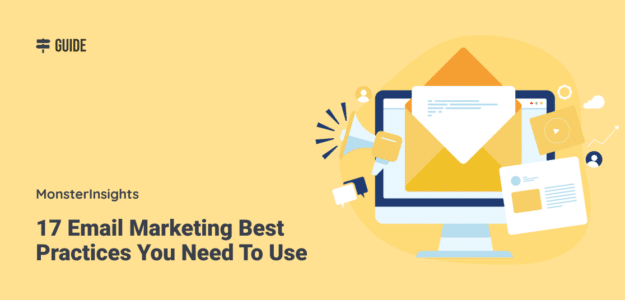
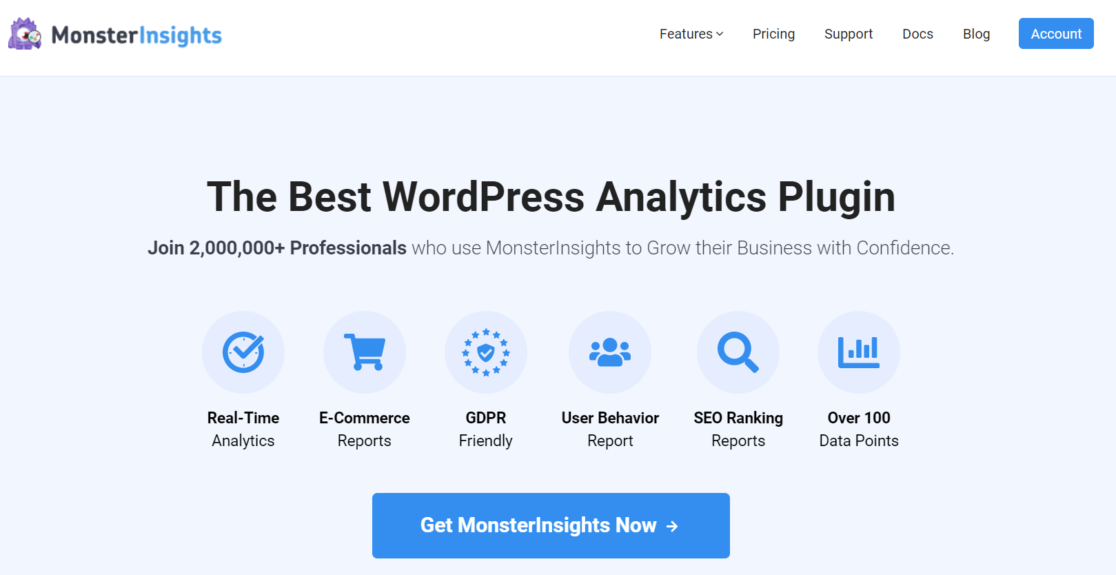
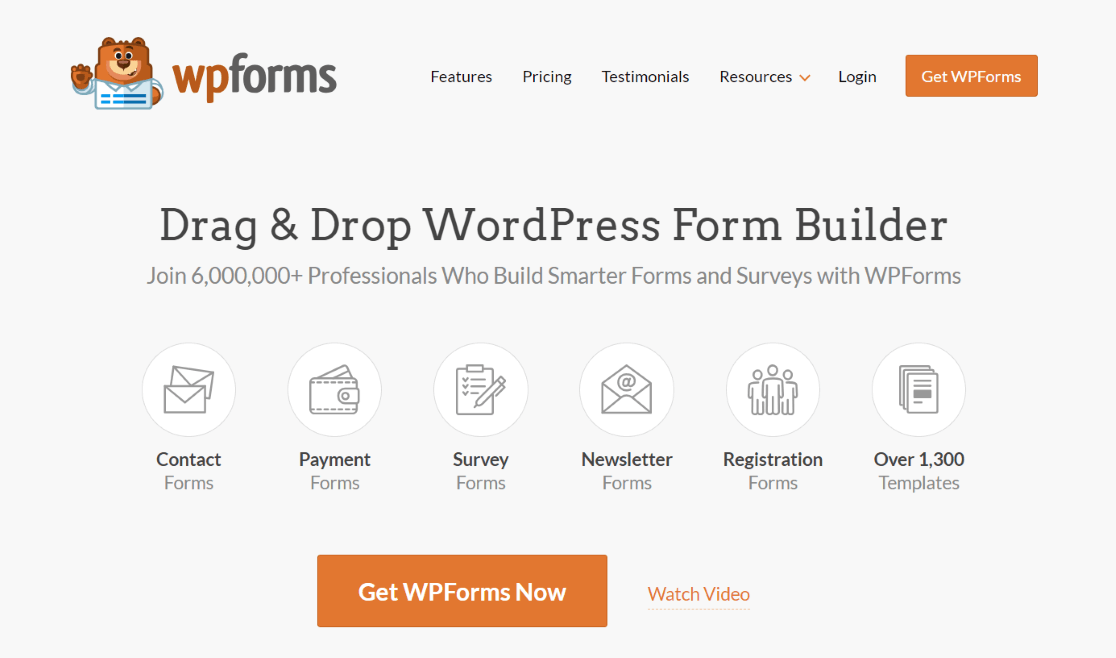
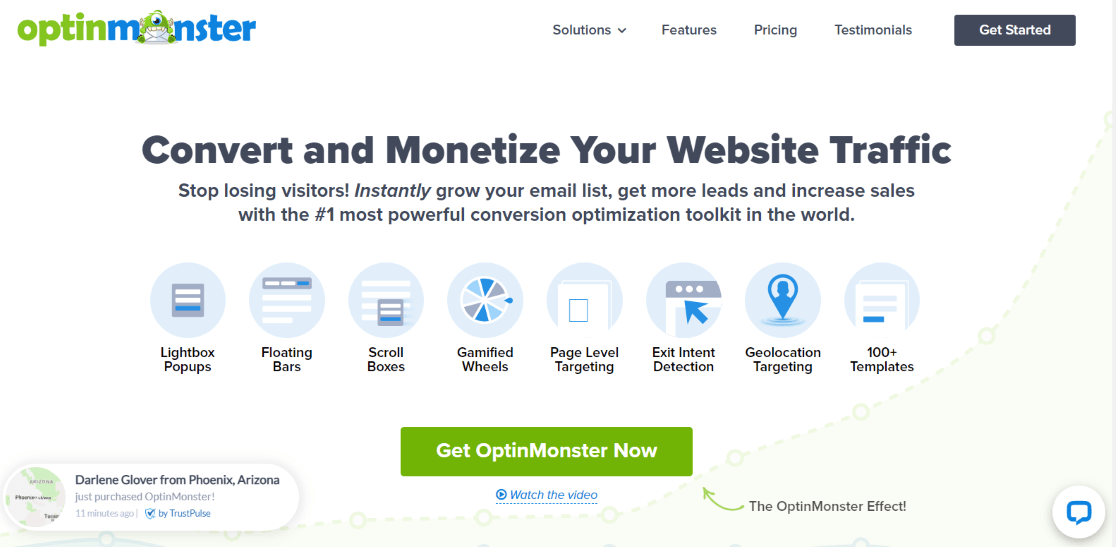
In reference to “Regularly Clean Up Your Contact List”, how is this done now since opens aren’t reliable?
Hey Heather – that’s a really great question! We’d recommend creating a short email series to send users through based on whatever criteria you think works for your business. So, maybe it’s users who haven’t opened your last 15 emails, or users who’ve not interacted with (clicked on) your last 20 emails, to catch those auto-open folks. Send those users through maybe a 2- or 3-email series warning them that they need to click a link to stay subscribed. If they don’t, they can be removed.